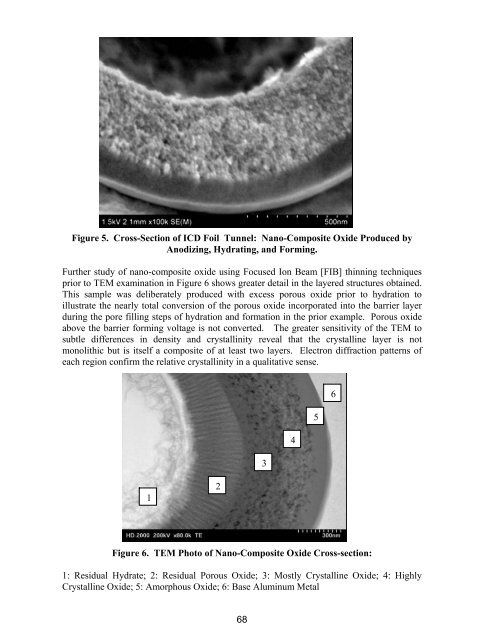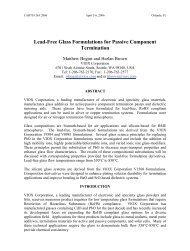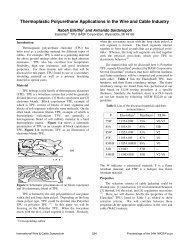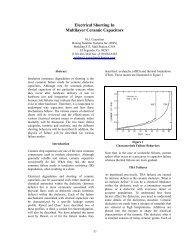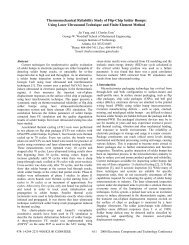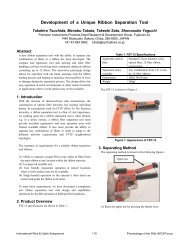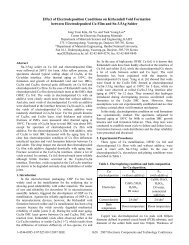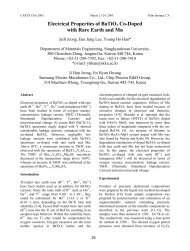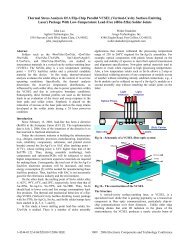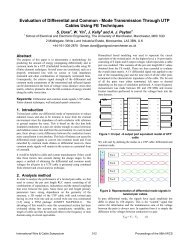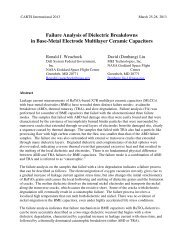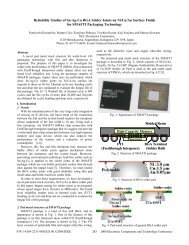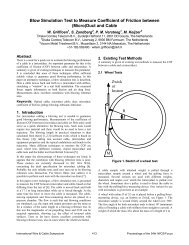Dielectric Aluminum Oxides: Nano-Structural Features and ...
Dielectric Aluminum Oxides: Nano-Structural Features and ...
Dielectric Aluminum Oxides: Nano-Structural Features and ...
Create successful ePaper yourself
Turn your PDF publications into a flip-book with our unique Google optimized e-Paper software.
Figure 5. Cross-Section of ICD Foil Tunnel: <strong>Nano</strong>-Composite Oxide Produced by<br />
Anodizing, Hydrating, <strong>and</strong> Forming.<br />
Further study of nano-composite oxide using Focused Ion Beam [FIB] thinning techniques<br />
prior to TEM examination in Figure 6 shows greater detail in the layered structures obtained.<br />
This sample was deliberately produced with excess porous oxide prior to hydration to<br />
illustrate the nearly total conversion of the porous oxide incorporated into the barrier layer<br />
during the pore filling steps of hydration <strong>and</strong> formation in the prior example. Porous oxide<br />
above the barrier forming voltage is not converted. The greater sensitivity of the TEM to<br />
subtle differences in density <strong>and</strong> crystallinity reveal that the crystalline layer is not<br />
monolithic but is itself a composite of at least two layers. Electron diffraction patterns of<br />
each region confirm the relative crystallinity in a qualitative sense.<br />
6<br />
5<br />
4<br />
3<br />
1<br />
2<br />
Figure 6. TEM Photo of <strong>Nano</strong>-Composite Oxide Cross-section:<br />
1: Residual Hydrate; 2: Residual Porous Oxide; 3: Mostly Crystalline Oxide; 4: Highly<br />
Crystalline Oxide; 5: Amorphous Oxide; 6: Base <strong>Aluminum</strong> Metal<br />
68


